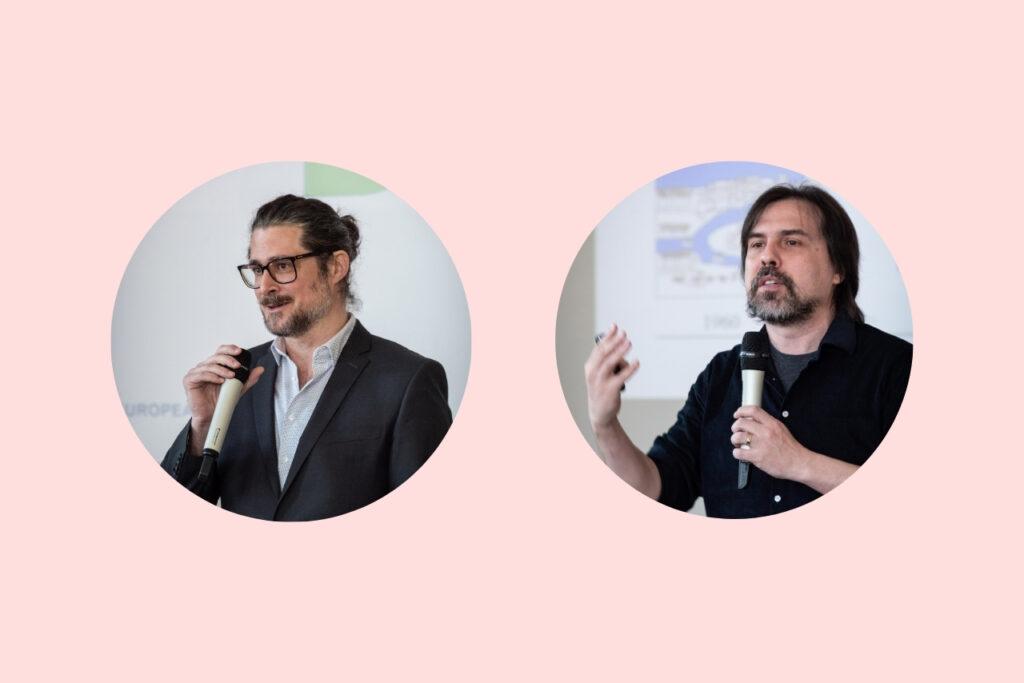Major International Study Launched for More Livable Cities with Corvinus’ Participation

A three-year international research project, led by Hungarian researchers, has been launched to explore urban living conditions and interconnections based on data from Budapest, Copenhagen, Toulouse, Turin, and Vienna.
The scientific initiative, named DUT-COLINE (Driving Urban Transitions – Complex Links of Neighborhoods), aims to uncover key patterns and trends in urban mobility and sustainability through the analysis of existing data.
Cities worldwide face significant sustainability, social, and economic challenges as the global population increasingly gravitates toward urban areas. While theoretical models such as the 15-minute city concept offer promising solutions for more livable cities, there is still a lack of empirically grounded research on urban life dynamics.
As part of the study, researchers will develop a comprehensive, data-driven urban model, incorporating architectural, mobility, and economic factors. The results could play a crucial role in helping large cities evolve into more livable, sustainable, and inclusive environments.
The EU partnership project is led by the ANETI Lab, the HUN-REN KRTK KTI (Institute of Economics, Centre for Economic and Regional Studies of the Hungarian Research Network), and the Corvinus Institute for Advanced Studies at Corvinus University.
“We are extremely proud that a Hungarian research team is leading such a significant international study. While the 15-minute city model is an important initiative, I find that it lacks empirical research on individual mobility patterns and the role of public transportation. These are essential components of the core concept that can contribute to building healthier, more productive, and more inclusive cities,” said Balázs Lengyel, research professor at Corvinus University and research director at ANETI Lab HUN-REN KRTK KTI, in the official statement.
“The 15-minute city is a good concept, but its optimal implementation requires further research. Walking and cycling may not be viable options for vulnerable communities, and understanding how to create a safer environment for them remains a challenge for urban planners. In addition to mobility research, we aim to develop an AI-based tool to analyze the preferences of different social groups. The key question is: what changes can make our streets and public spaces more attractive and safer?” emphasized César Hidalgo, head of the Collective Learning Center at Corvinus University and professor at Toulouse School of Economics.